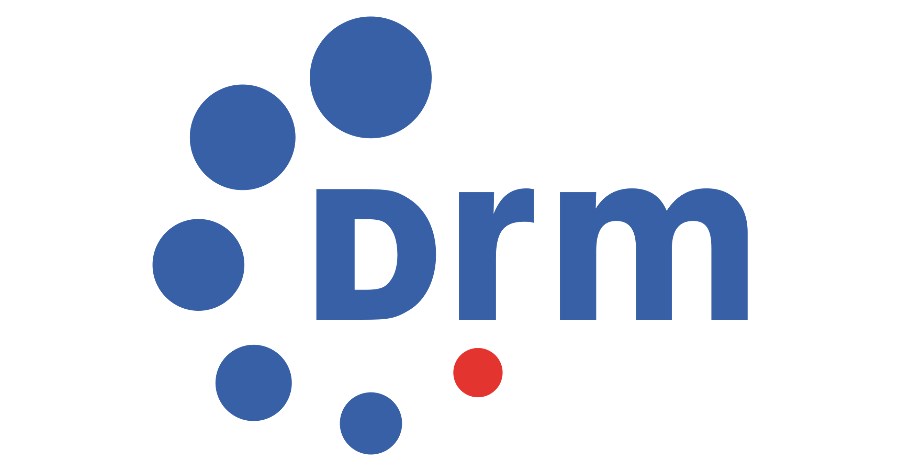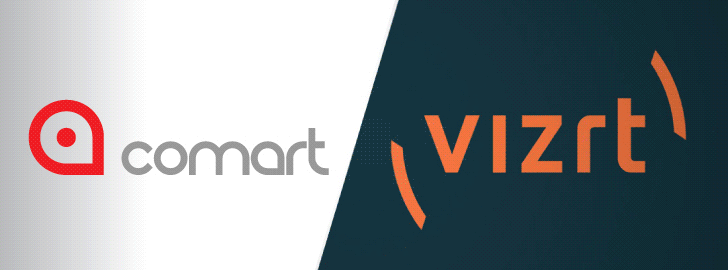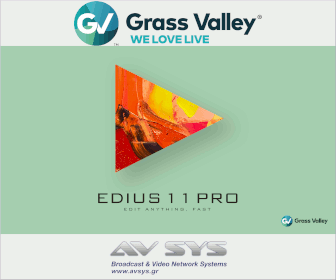In February and March 2021, the DRM Consortium, its members and supporters in India and internationally, conducted an extensive demo/trial of the global, ITU recommended DRM Digital Radio Mondiale standard applied for local/regional services in the FM band. This demo was carried out at the request of the AIR (All India Radio) as part of an evaluation of two digital radio options for the FM band to choose from and recommend for adoption to the Ministry of Information and Broadcasting.
Read-Download below the full overview.
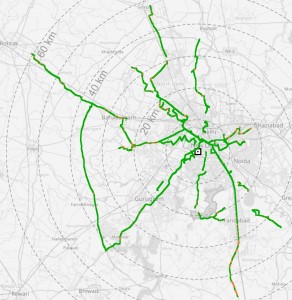
The by on-the-road measurements in New Delhi as well as Jaipur were done with a professional DRM receiver and a selection of commercial DRM receivers and mobile phones upgraded for DRM reception in the FM band.
The measurements were carried out based on a pure-digital single DRM signal (block) as well as multi-DRM configurations (placing multiple DRM blocks side-by-side from a single transmitter). DRM is a pure digital standard. However, simulcast operation (DRM and analogue FM signals side-by-side from a single transmitter) was also conducted from the same transmitter. DRM was also shown to work in FM white spaces without affecting ongoing analogue FM transmissions.
While the AIR R&D team carried out measurements on behalf of the evaluation Committee, the DRM Consortium in parallel undertook its own set of professional-grade measurements, both with a professional DRM monitoring receiver as well as with consumer-grade radio sets, car receivers and mobile phones.
EXECUTIVE SUMMARY / CONCLUSION
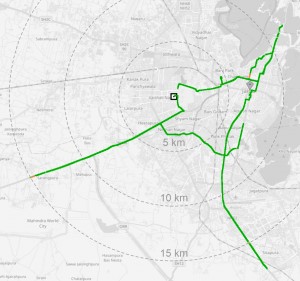
The presented results of the collected measurement data from the DRM FM-band trial in New Delhi and Jaipur are both extremely positive and very encouraging.
The measurements clearly demonstrate that DRM as the global all-bands digital radio standard can deliver an unmatched number of digital audio services in the given spectrum (up to 3 audio plus 1 multimedia service per DRM signal block), while allowing for maximum utilisation of the FM-band spectrum (with every DRM signal occupying only 96 kHz spectrum bandwidth, half the bandwidth analogue FM requires for a single audio service).
During the trial it was confirmed that adding DRM transmissions to the FM band is fully compatible and does not interfere with on-going analogue FM services. Also, DRM as a pure-digital radio standard proved its ability to efficiently broadcast multiple DRM signals side-by-side from a single transmitter (multi-DRM transmitter configuration), and for operating in flexible configurations alongside an analogue FM signal from the same transmitter (simulcast transmitter configuration).
During the workshop DRM was demonstrated to deliver additional Journaline advanced text service in multiple Indian languages, to be ready for delivering Emergency Warning Functionality (EWF with CAP interface), and to efficiently enable traffic, travel and online teaching services over broadcast, without requiring Internet connectivity.
Reception of DRM services in the FM band was demonstrated on various consumer receivers of various types, on car receivers, and on mobile phones. It was proven that existing receiver models, already supporting DRM in the AM bands as adopted by India, can support DRM in all bands by a simple firmware upgrade without hardware modifications.
DRM in FM-band is the natural extension of the digital radio standard already deployed in the AM bands in India. DRM is made for today’s and tomorrow’s FM environment and radio services in India.
Info: www.drm.org
Notes: Press Release - DRM Consortium - 20 September 2021


